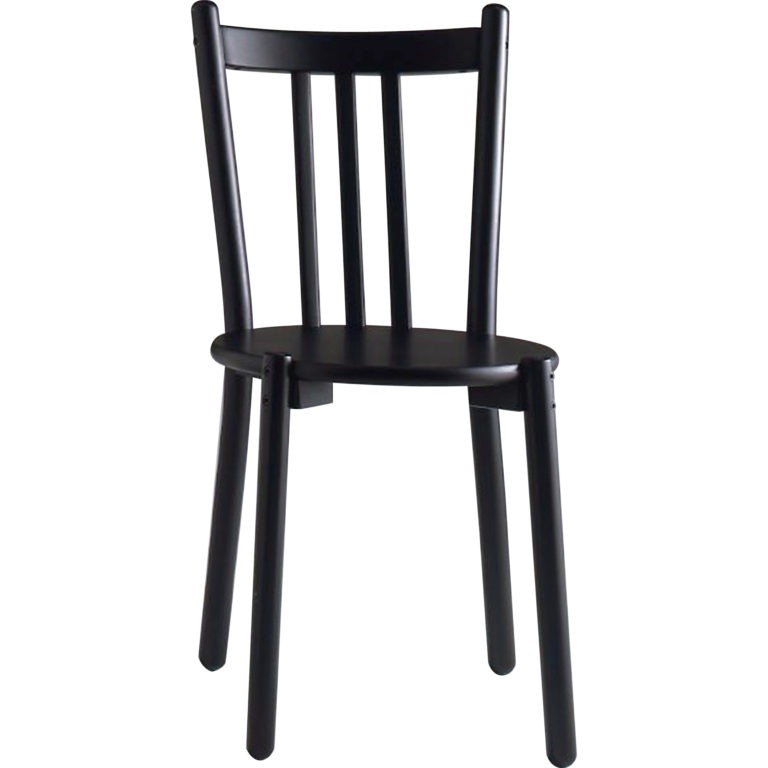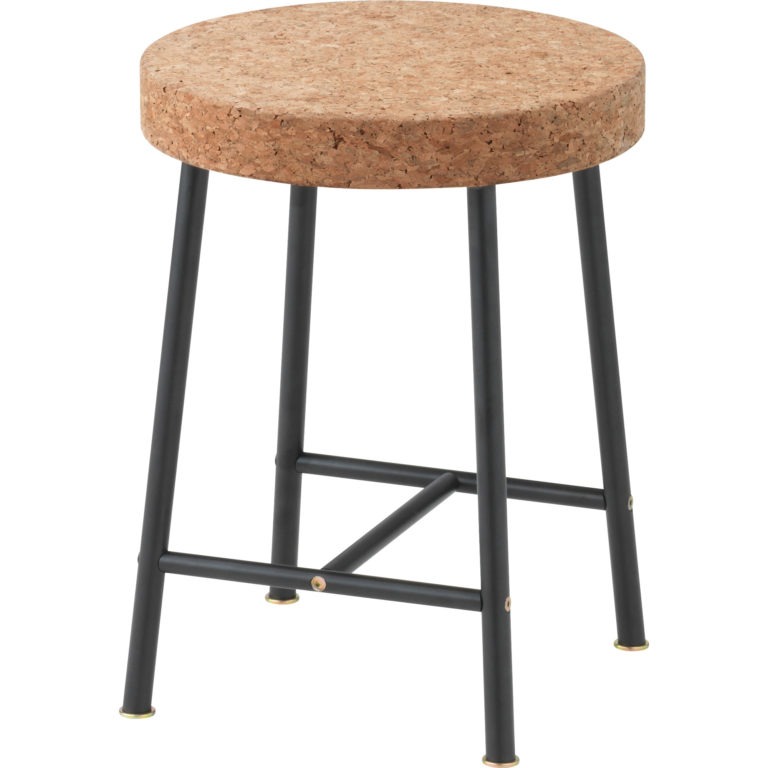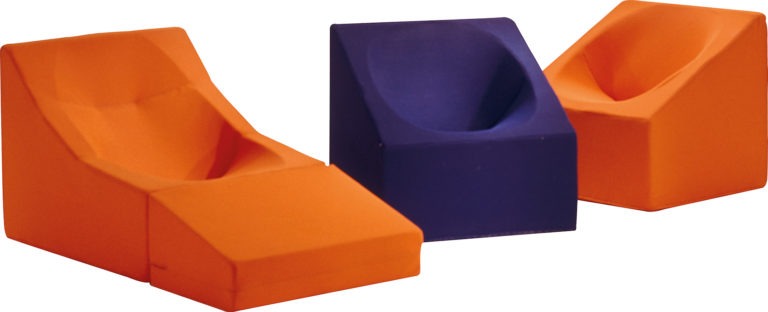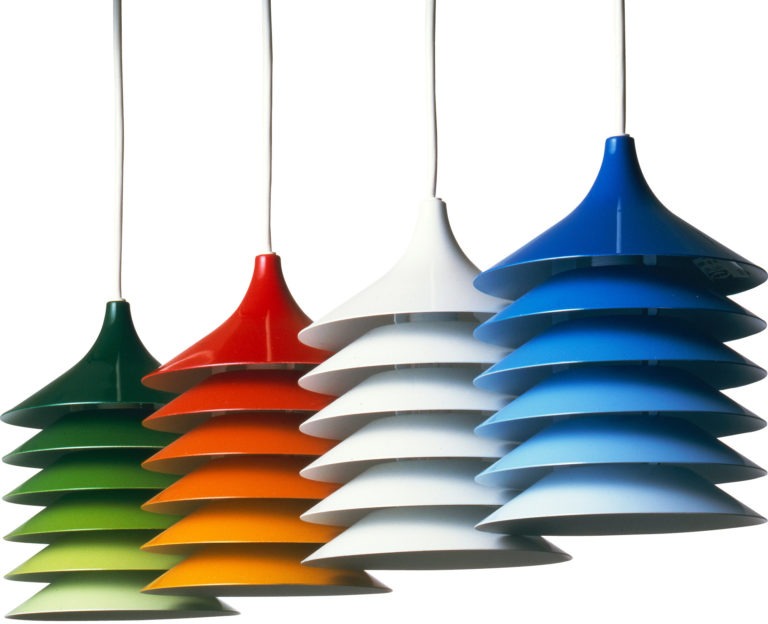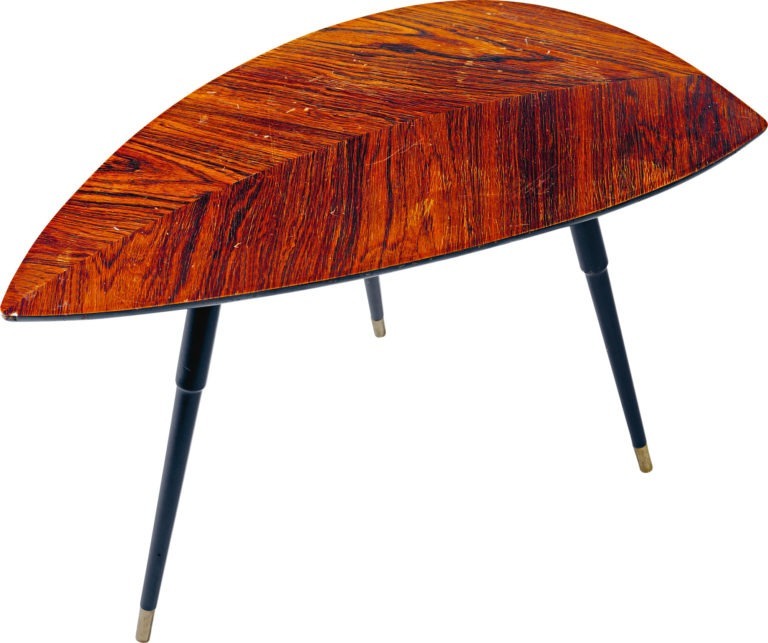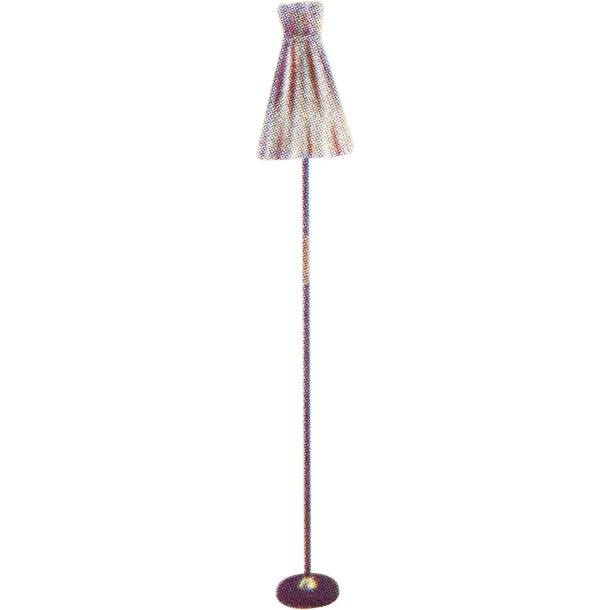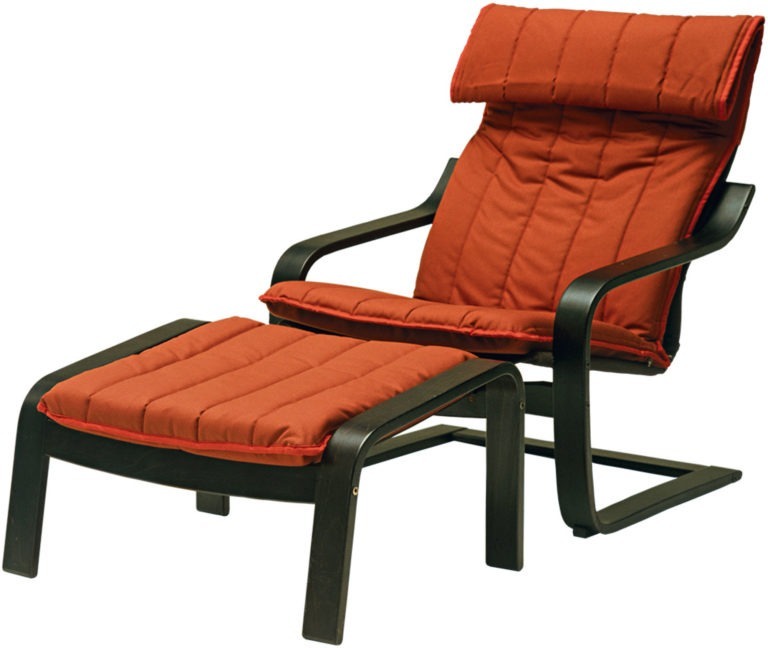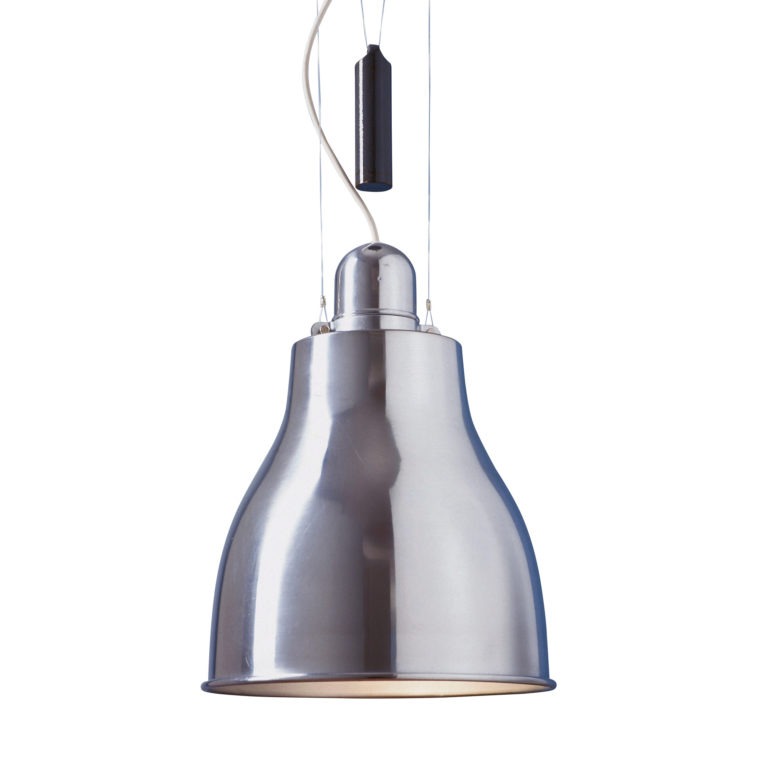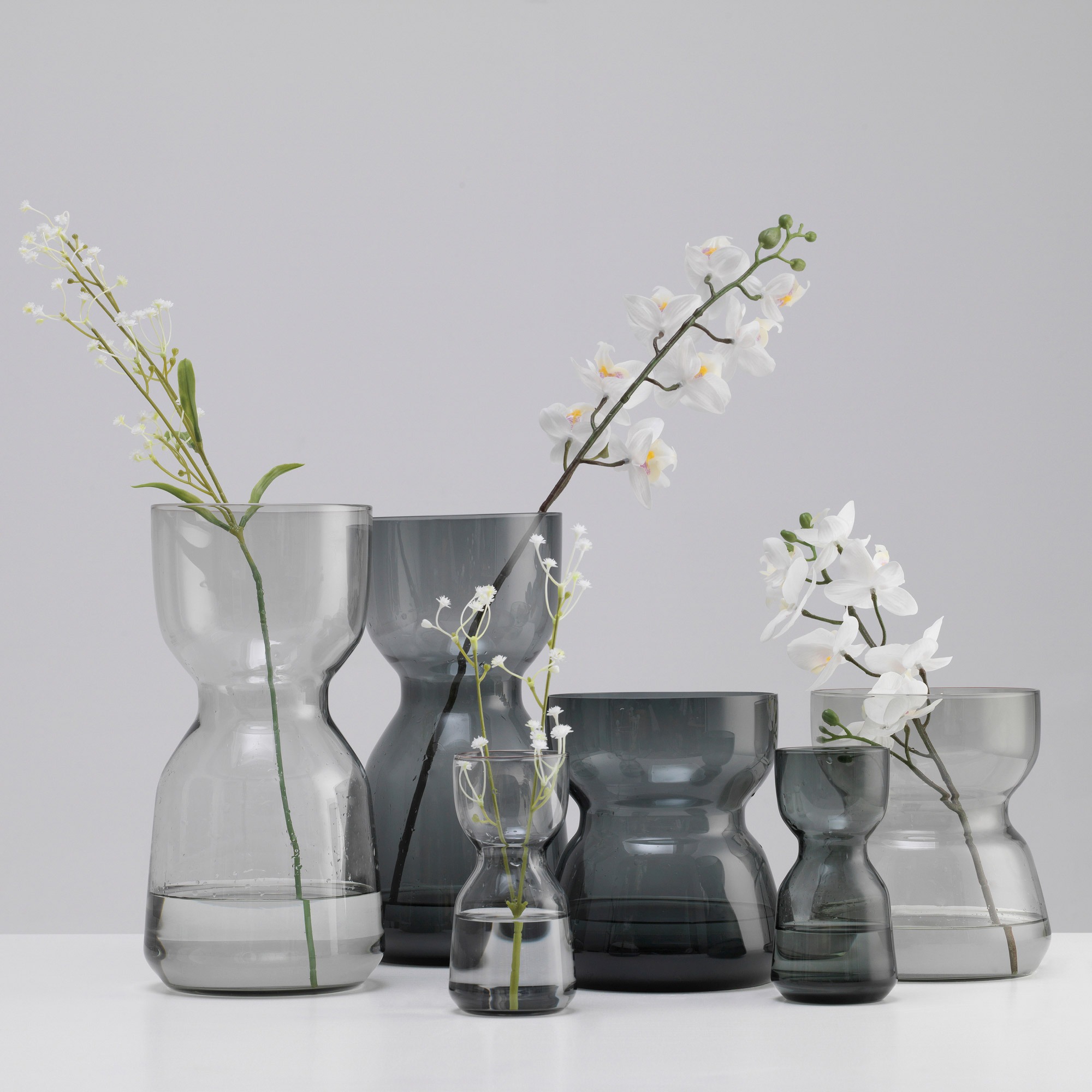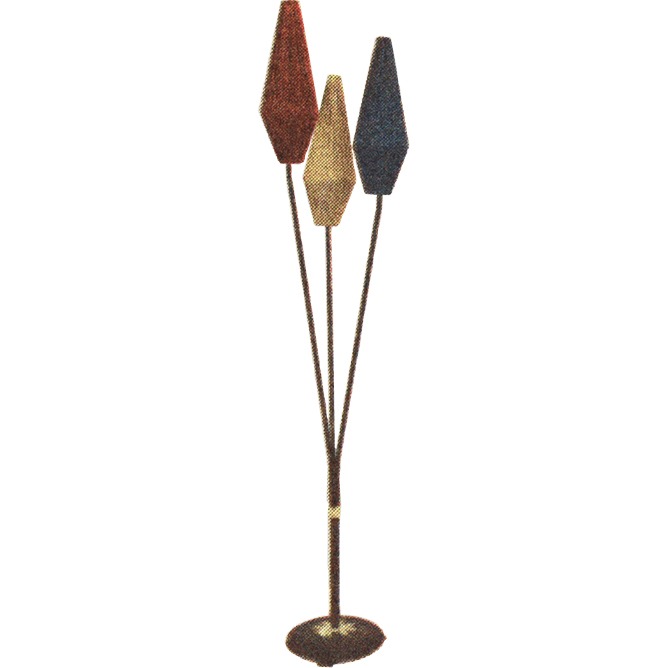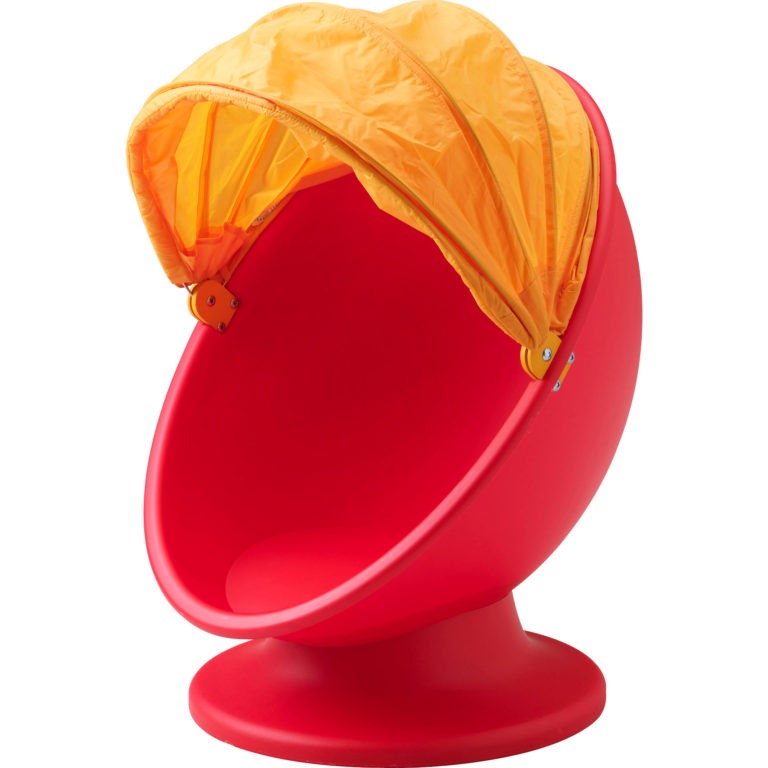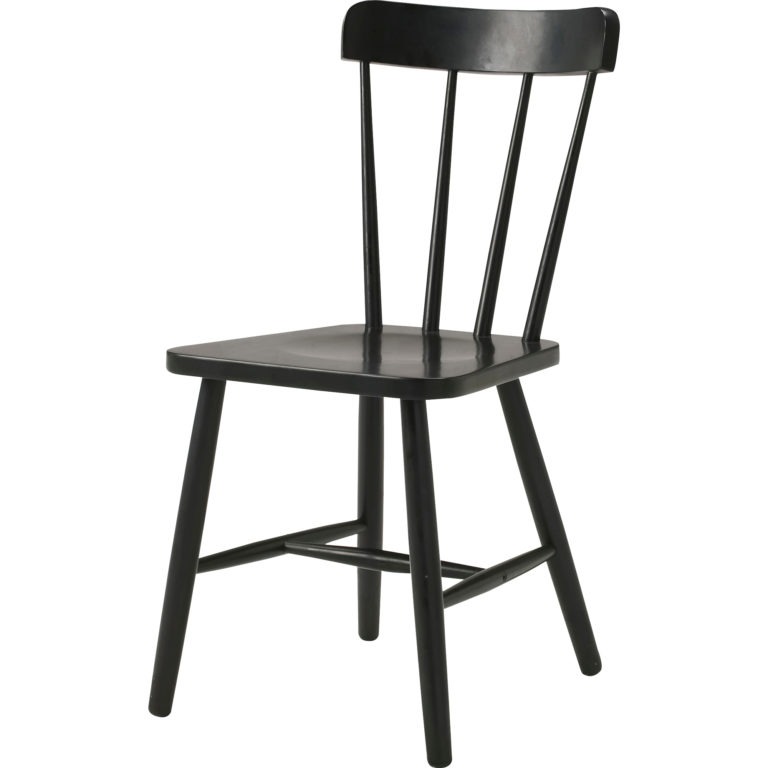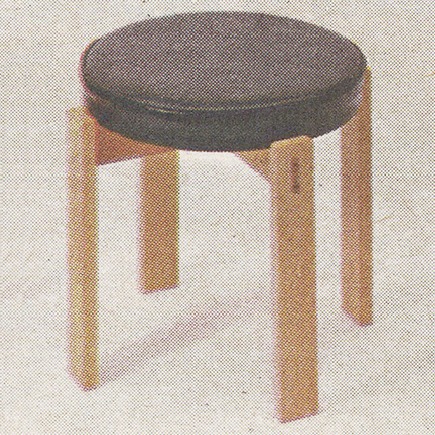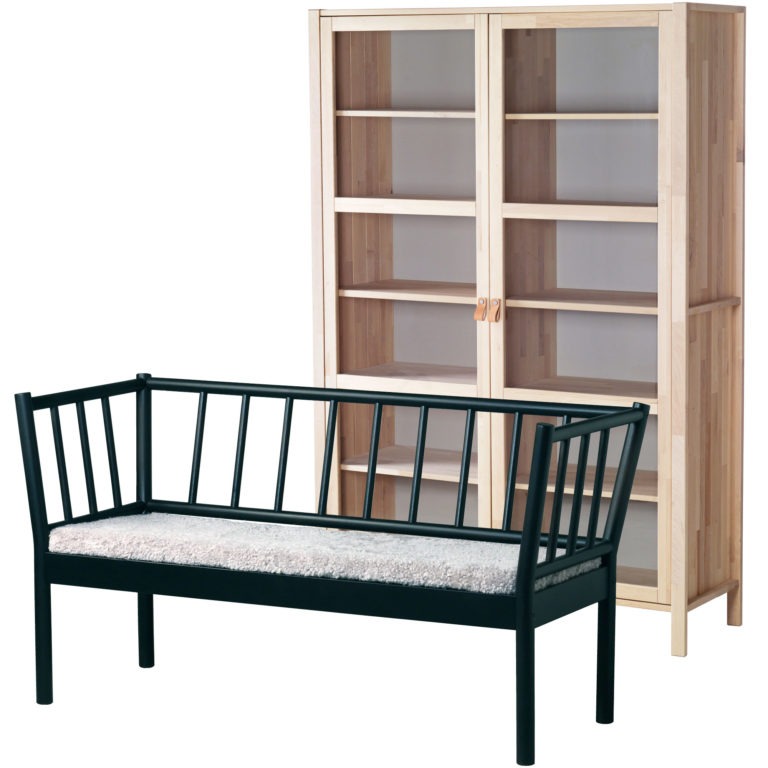IKEA bought the parts from Johnssons Saddlery in Killeberg and sent them to Mitab, an engineering company in Tranås, which made the frame and assembled the overall chair.
AMIRAL quickly became popular. But it wasn’t easy to keep up with customer demand for the armchair. The saddlery had limited capacity and was unable to make the leather details quickly enough. Also, the armchair wouldn’t go into a flatpack. AMIRAL took up a lot of space during shipping and storage, which made it quite expensive. A new version that could be flatpacked and self-assembled was therefore presented in the 1973 IKEA catalogue. This one had a sand-coloured load-bearing fabric in the seat and back instead of leather, and a thin seating cushion in sand-coloured fabric. Only the armrests were leather, which brought the price down by 15 per cent. Even so, AMIRAL designer Karin Mobring always preferred the original.

